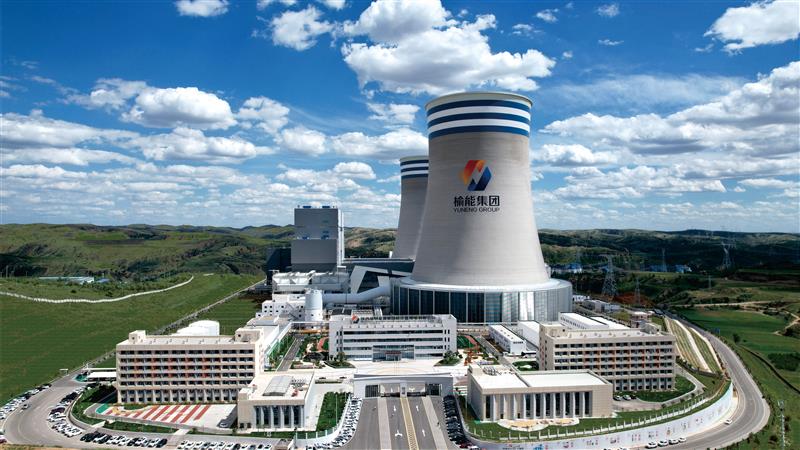The indirect dry condensing system combines an indirect dry cooling tower (IDCT) with a steam surface or jet condenser, making it ideal for large-capacity condensing units. Its tall concrete or steel shell effectively eliminates hot air recirculation. Moreover, the system relies on the natural draft of cooling air, which significantly reduces auxiliary power consumption and minimizes the number of mechanical components. As a result, maintenance requirements are lower and system availability remains high.
In contrast, the mechanical Indirect Dry Cooling Tower (M-IDCT) is a specific type of IDCT that uses fans driven by electric motors to induce or force the cooling air flow, rather than relying on the natural draft of a tall tower. This makes M-IDCTs especially well-suited for Wet-to-Dry conversions or for extending the cooling capacity of existing IDCT systems.
An indirect dry condensing system connects a dry cooling tower to a steam condenser. First, the steam exiting the turbine is condensed by cold water in either a surface condenser or a jet condenser. Next, the heated water is pumped to vertically arranged heat exchangers positioned around the concrete tower. Then, the natural draft cooling tower generates the airflow needed to cool the water as it passes through the heat exchangers.

An indirect dry cooling solution reduces auxiliary power and eliminates additional water usage from the condensing power cycle. The large concrete shell prevents hot air recirculation.
Indirect dry cooling systems offer flexibility in power plant site selection. A flue gas desulfurization unit (FGD) can be installed inside the tower.
There is no visible plume or high operational noise coming from the indirect dry cooling tower. It has a stable steam turbine back pressure
Indirect dry cooling systems have few rotating parts, which results in a low maintenance.
Minimize the risk of downtime and extend the lifespan of your assets with SPG Dry Cooling’s tailored maintenance services. Designed to meet your specific needs, our programs help keep your dry cooling system operating at peak performance. They enable you to carry out maintenance, repairs, and best practices efficiently, ensuring long-term reliability and optimal system health.